This colourful tradition introduces colour, spirituality, history, as well as artistry, presenting inhabitants as well as visitors alike with an unrivalled glimpse into living cultural heritage.
Just as religious piety and season rebirth are important concerns for the Tiji festival, so is theatrical performance based on legend and mythic symbolism. As cold winter loses its hold, the villages come together to usher in spring in dramatic fashion in cycles of masked performance, ceremonial rites, and communal meals. Every step of the dance is infused with centuries of tradition, intended to purify the spirit, bring good luck, and do honour to the legends that have encircled the region.
Introduction to Lo Manthang
Lo Manthang, this fortified ancient city in the harsh beauty of Mustang landscapes, has for centuries been a crossroads for Nepalese as well as Tibetan culture. Fortified and secure, the city is famous for its architecture, functional monasteries, as well as unique traditions. The isolation of this high-altitude city has allowed people dwelling here to live their own life in which religious ceremonies as well as social ceremonies are still at the centre of life, looking into an age in which myth as well as reality walked hand in hand in perfect rhyme
What is the Tiji Festival
Primarily, the Tiji Festival is quite symbolic, with elaborate dancing in masks as well as theatrical ritual performances. It is here that local monks as well as communal performers don elaborate masks as well as imperial-style garments, each portraying mythological beings, ghosts, or gods.
Each dance tells a story, reliving historical conflicts and moral parables grounded in Buddhist philosophy and regional folklore, therefore beyond mere entertainment value. Through these displays, participants demonstrate their devotion, commemorate heroic characteristics, and conjure favors for the community. The dramatic mix of light, sound, and movement creates a spectacle that is both spiritual and visually appealing.
When is the Tiji Festival Celebrated
The timing for the Tiji Festival is closely related to natural cycles as well as the lunar calendar. Annually in spring season, the festival signifies the closure of the harsh cold season of the winter as well as the reviving heat of the season.
While the particular dates are different each year, they are deliberately chosen so that they fall on an occasion for rebirth as well as hopefulness. Seasonal timing for the festival is crafted for reemphasising the twin topics of cleansing as well as rebirth, encouraging everyone who attends so that they shed the residues of the winter as well as look at the hope for better things in the coming future.
Rites, Ceremonies, and Dance Perform
Maybe the most intriguing aspect of this festival is its collection of ritual and ceremonial dances. The significance of the Tiji Festival lies in its fascinating dance performances—every scene rehearsed to dramatise a chapter of an even larger spiritual epic. Its performers undergo thorough preparations, physical and psychological alike, to deliver these dances precisely and with a passion. The colourful and flamboyant costumed masked dancers revive characters of the ancient past, instilling values of valour, intelligence, and compassion.
The ceremonial processions preceding the dance rituals provide shades of grey and religious overtones to the festivities. The temples and shrines become a repository of offerings, prayers, and ringing tones of conventional musical instruments. By these carefully kept rituals, the people try to purify themselves, repel evil forces, and attain blessings for the next months. Visitors to Lo Manthang are usually taken in by the infectious zest of the festival—its blending of religious ritual and performing art creates an atmosphere in which past and present lose their boundary.
Lo Manthang’s Tiji Festival is proof of the staying power of tradition, in which community, spirituality, and art all combine to make something that is enjoyable and intensely profound. Whether you’re a curious traveller seeking to immerse yourself in a genuine celebration of culture or a spiritual pilgrim, the festival invites you to step into a centuries-old tale—a grand epic told through dance, ritual, and the vibrant heart of an ancient city.



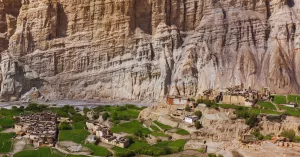


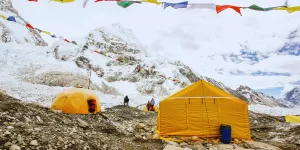
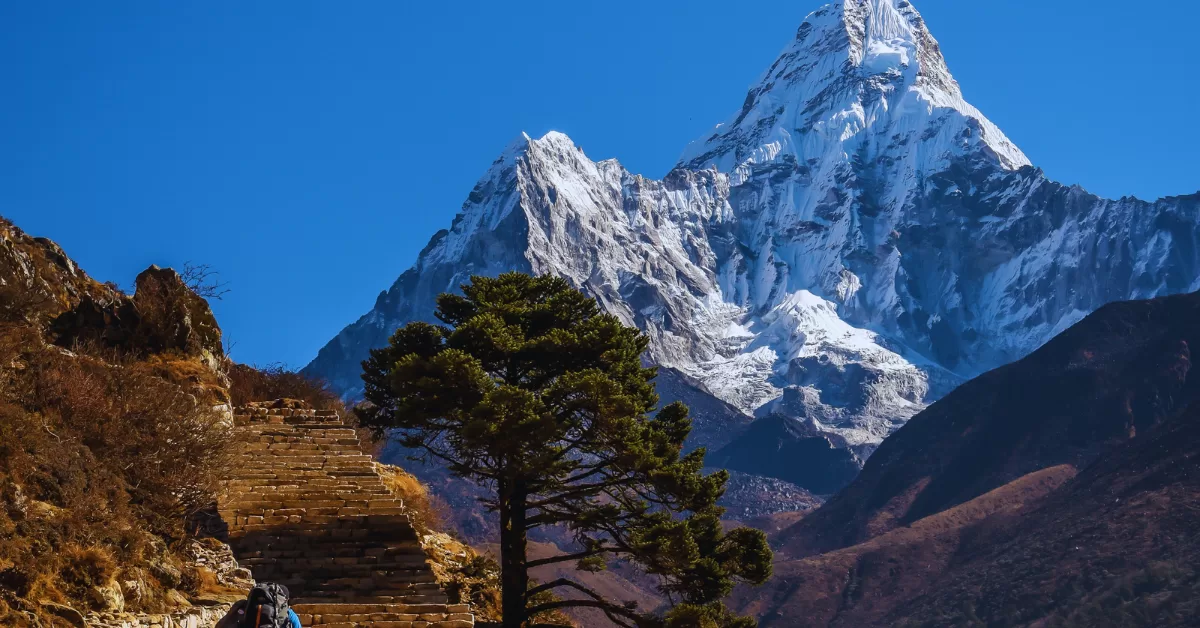

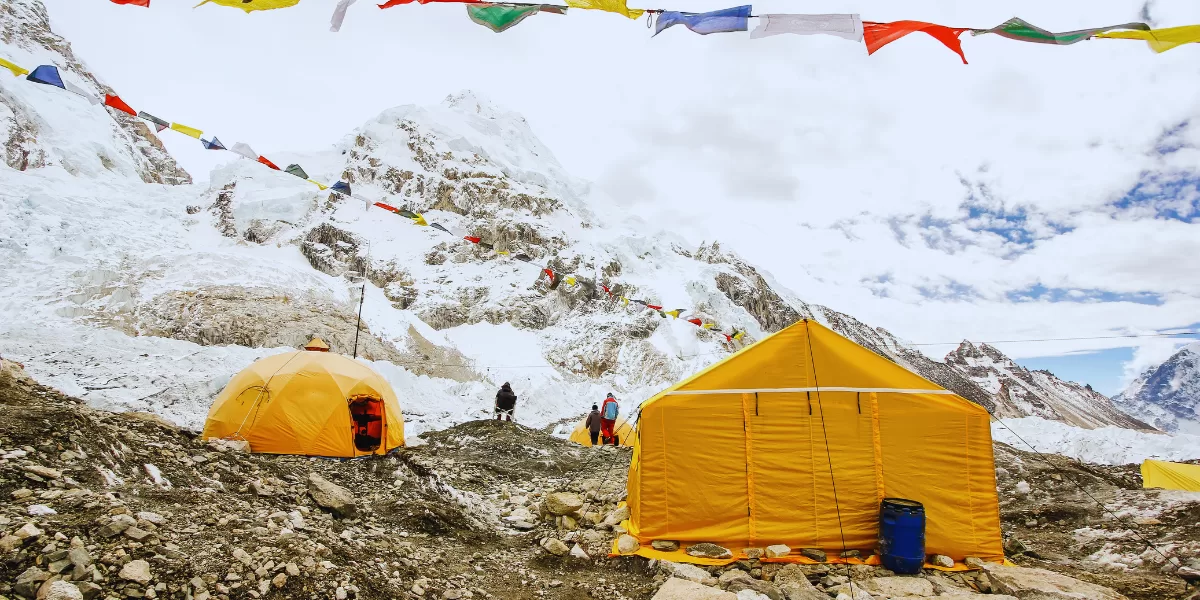
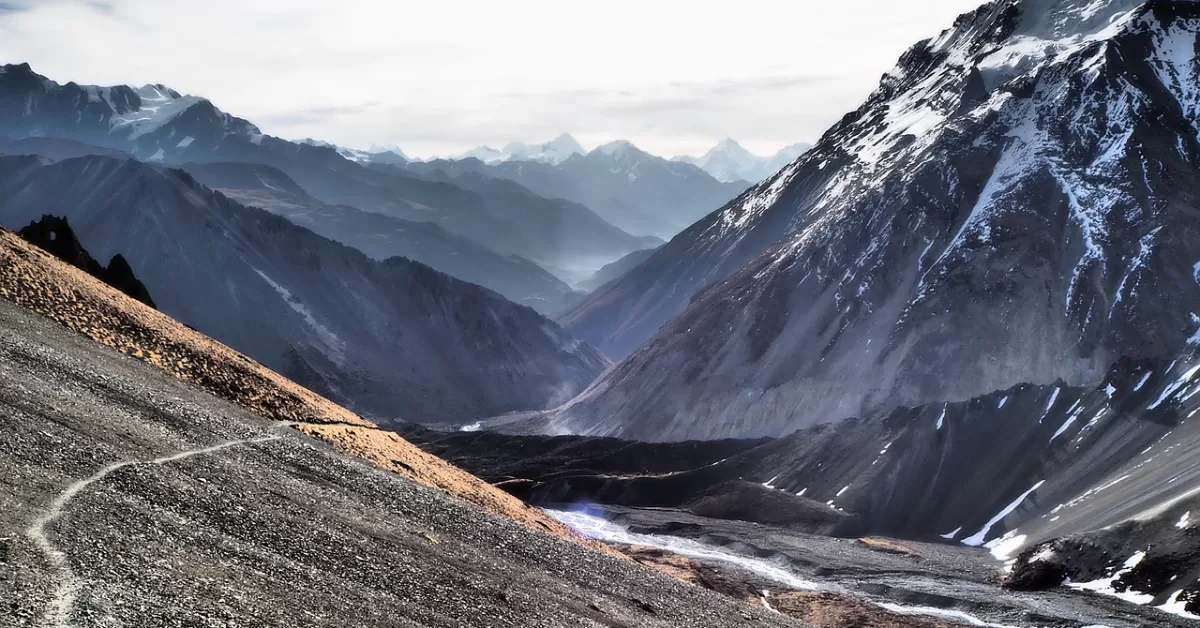
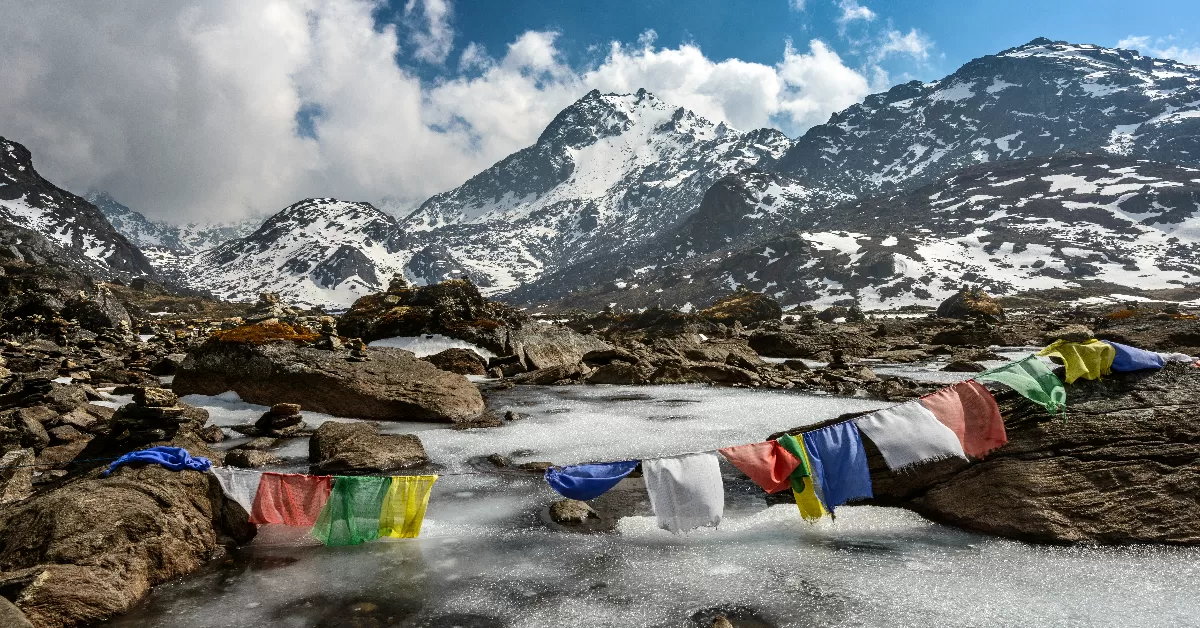

Leave a comment